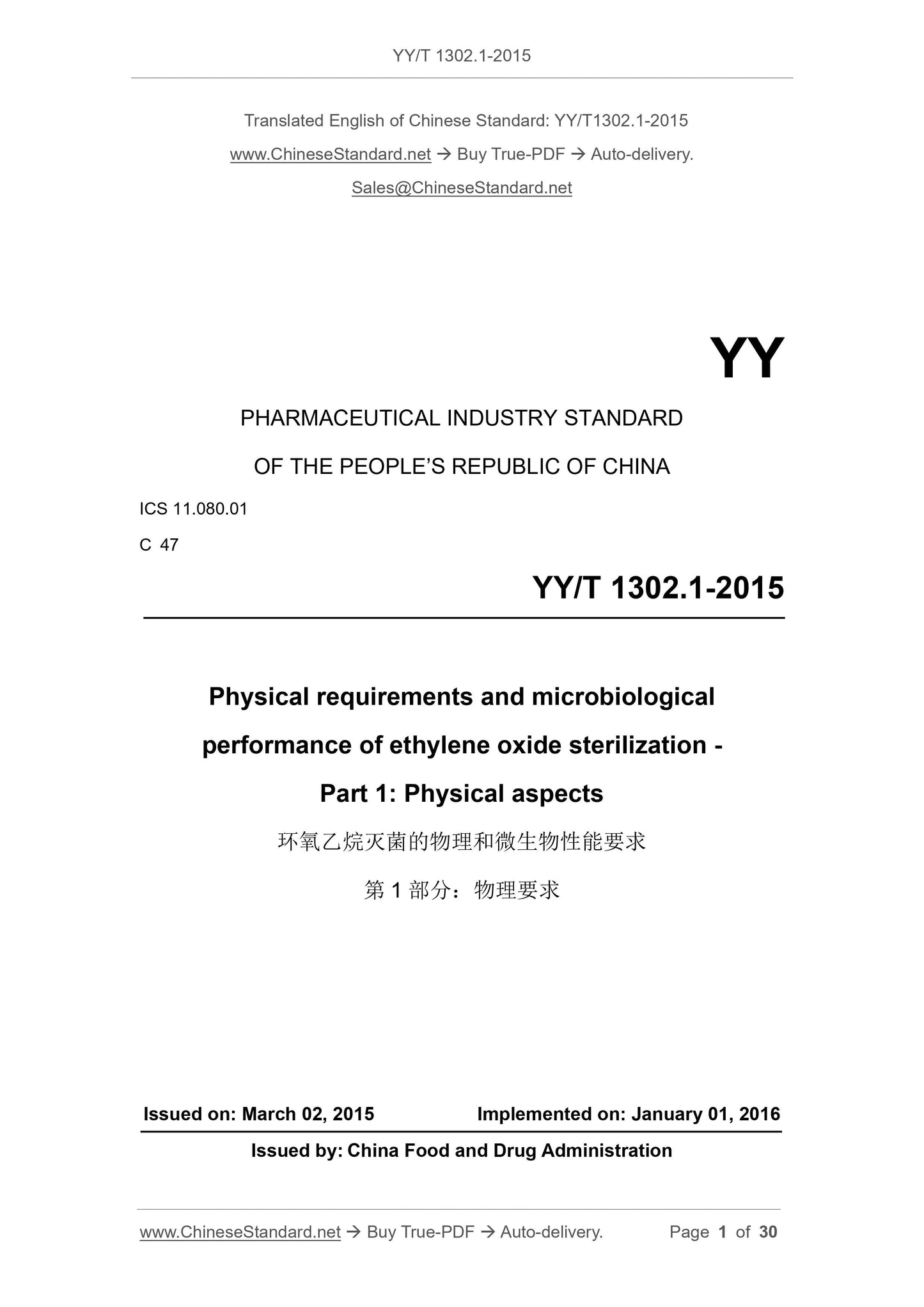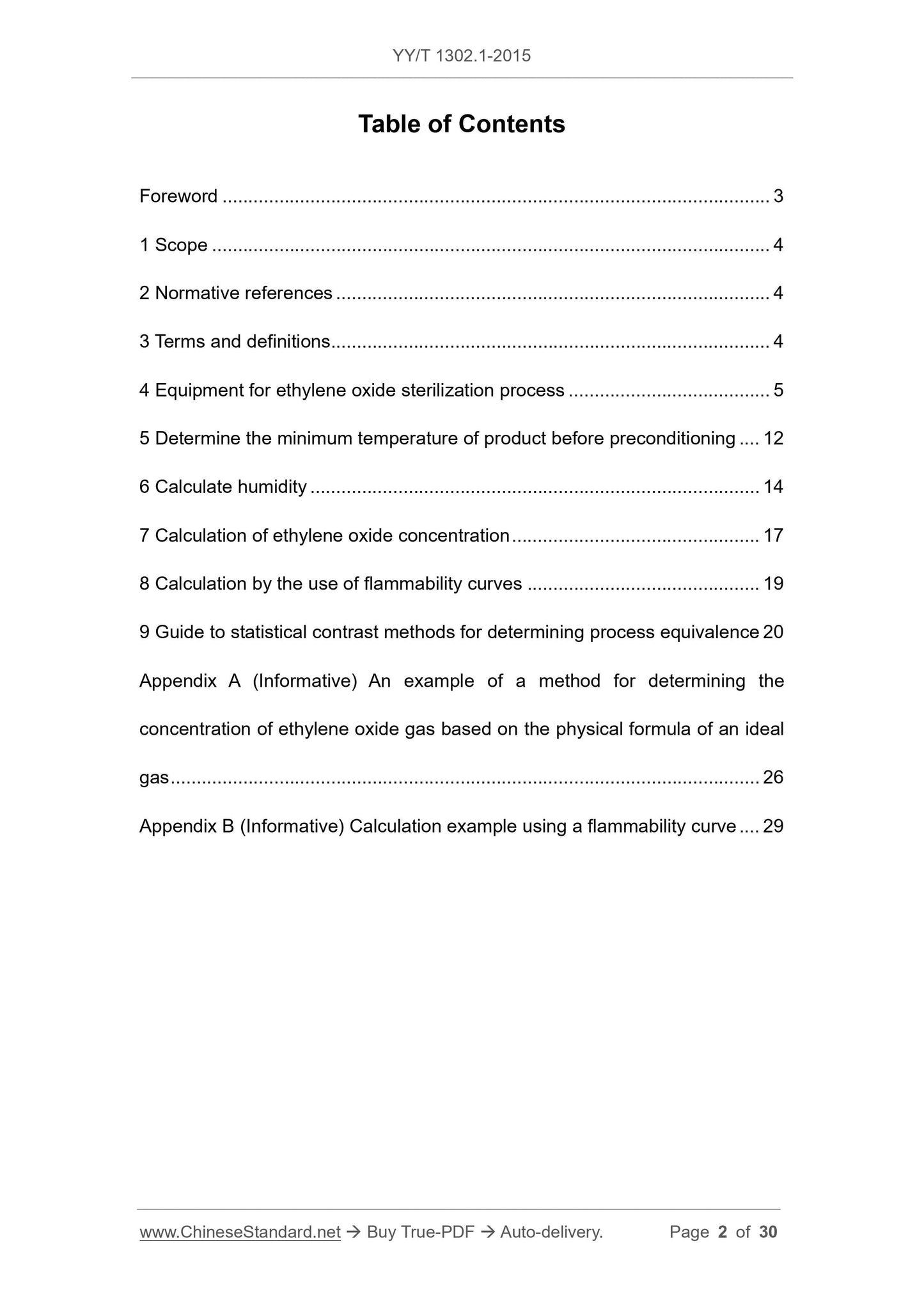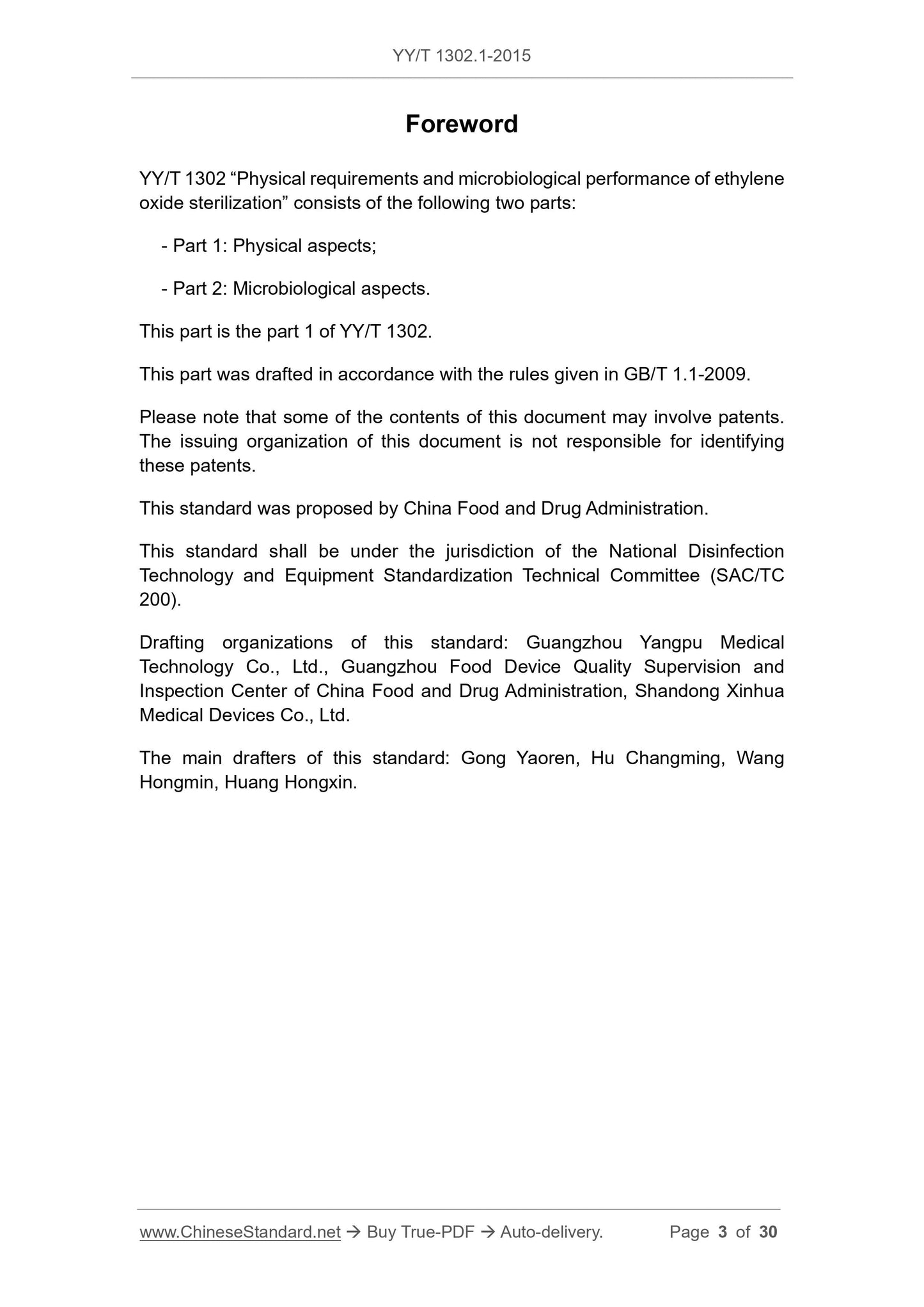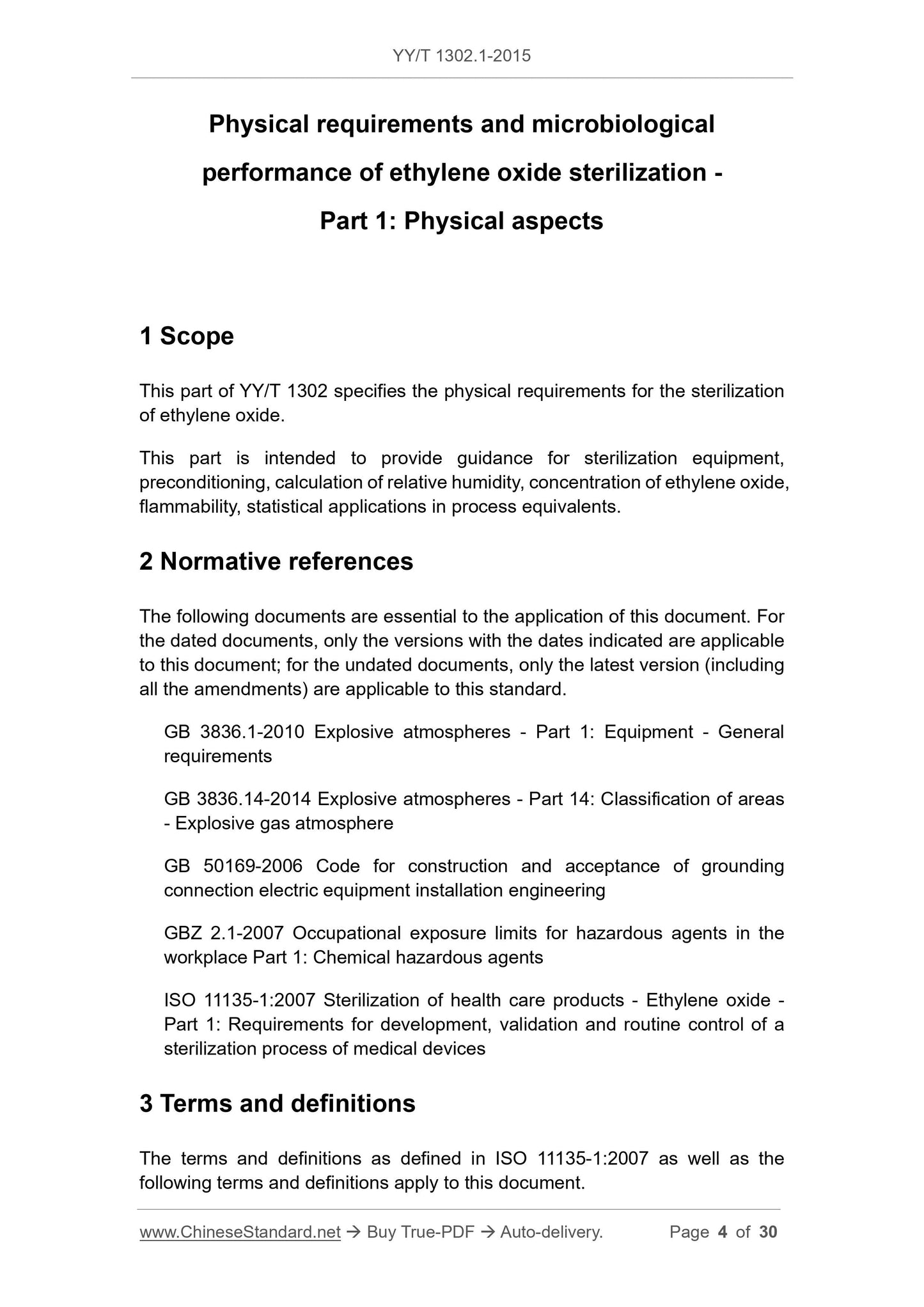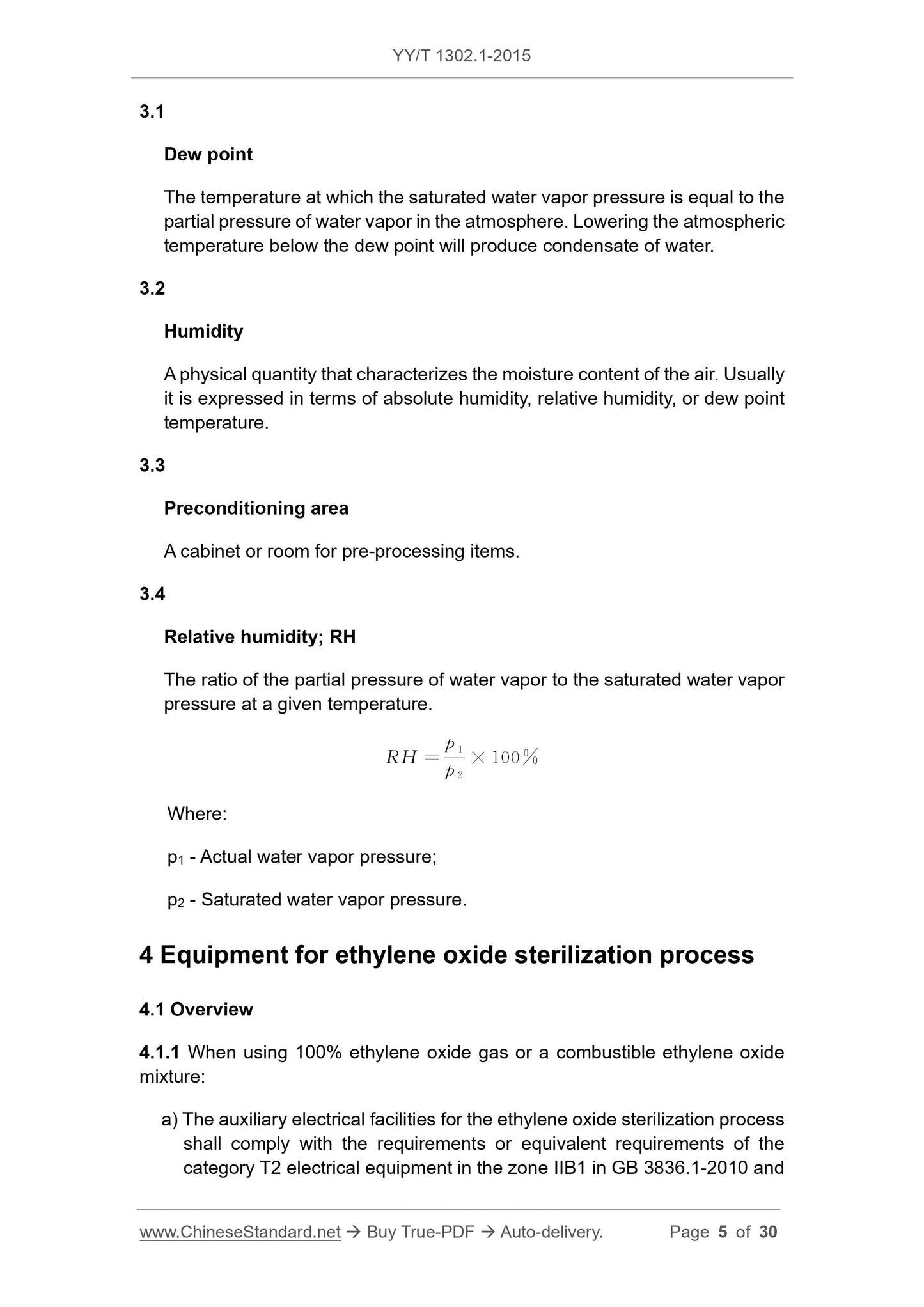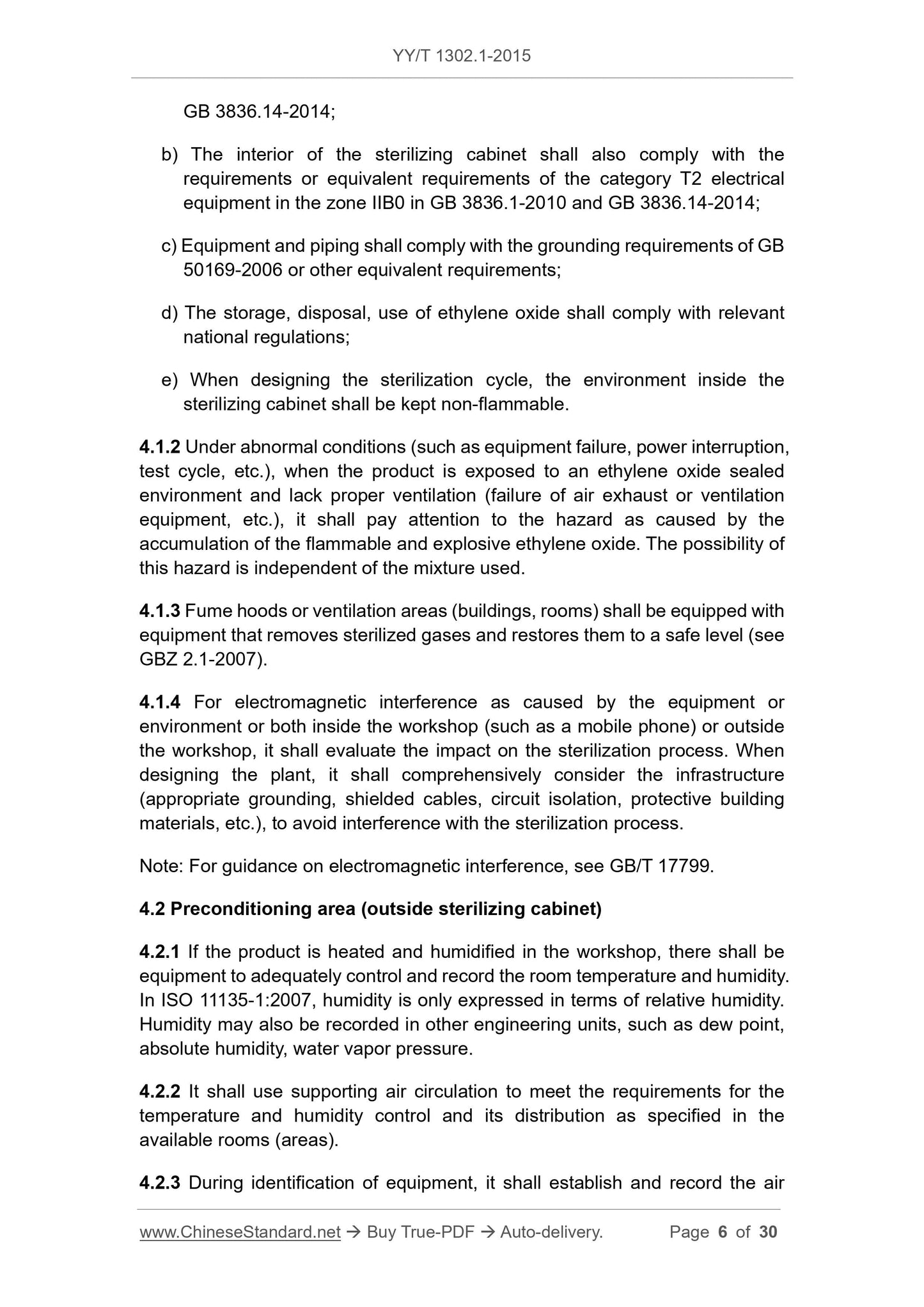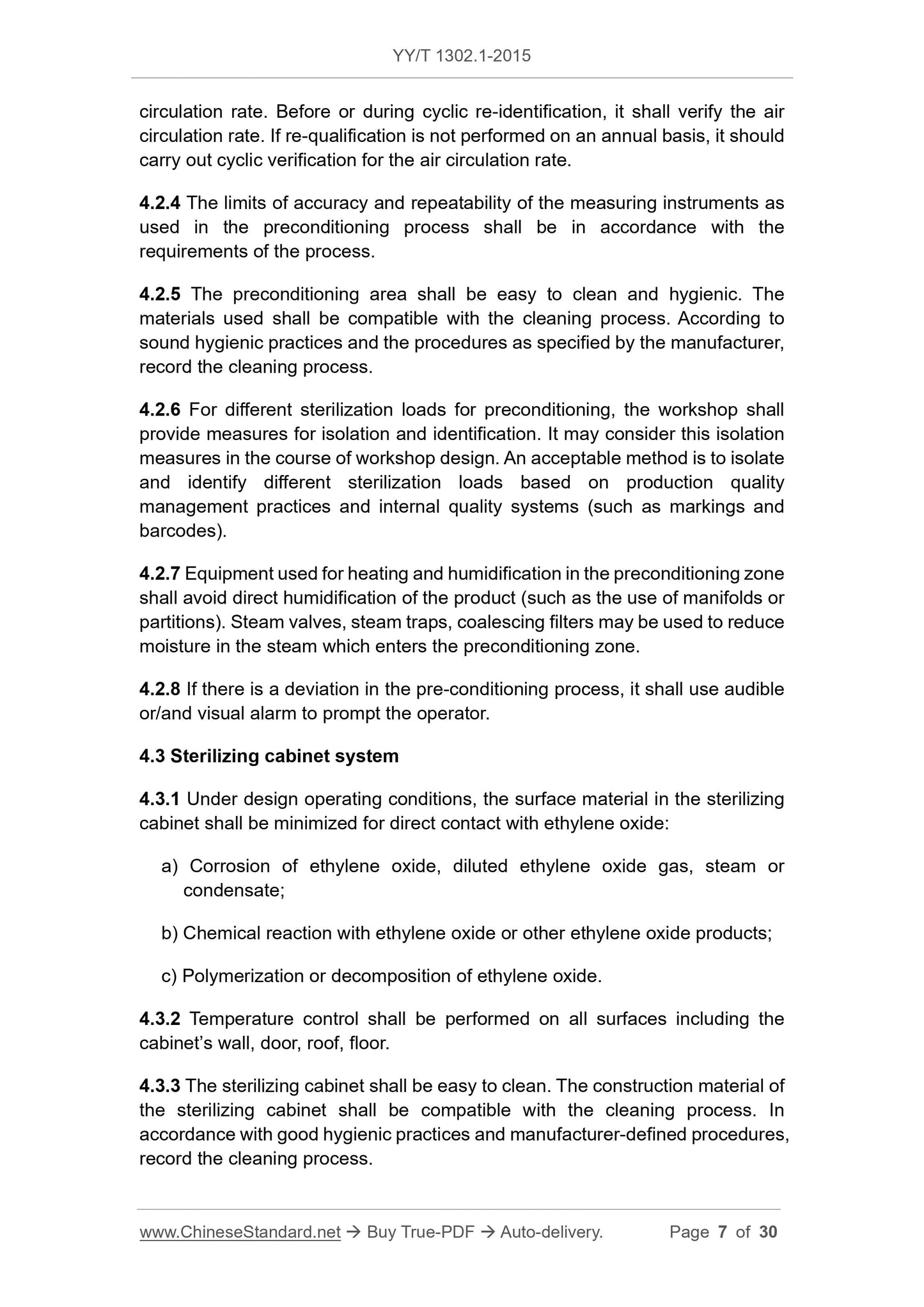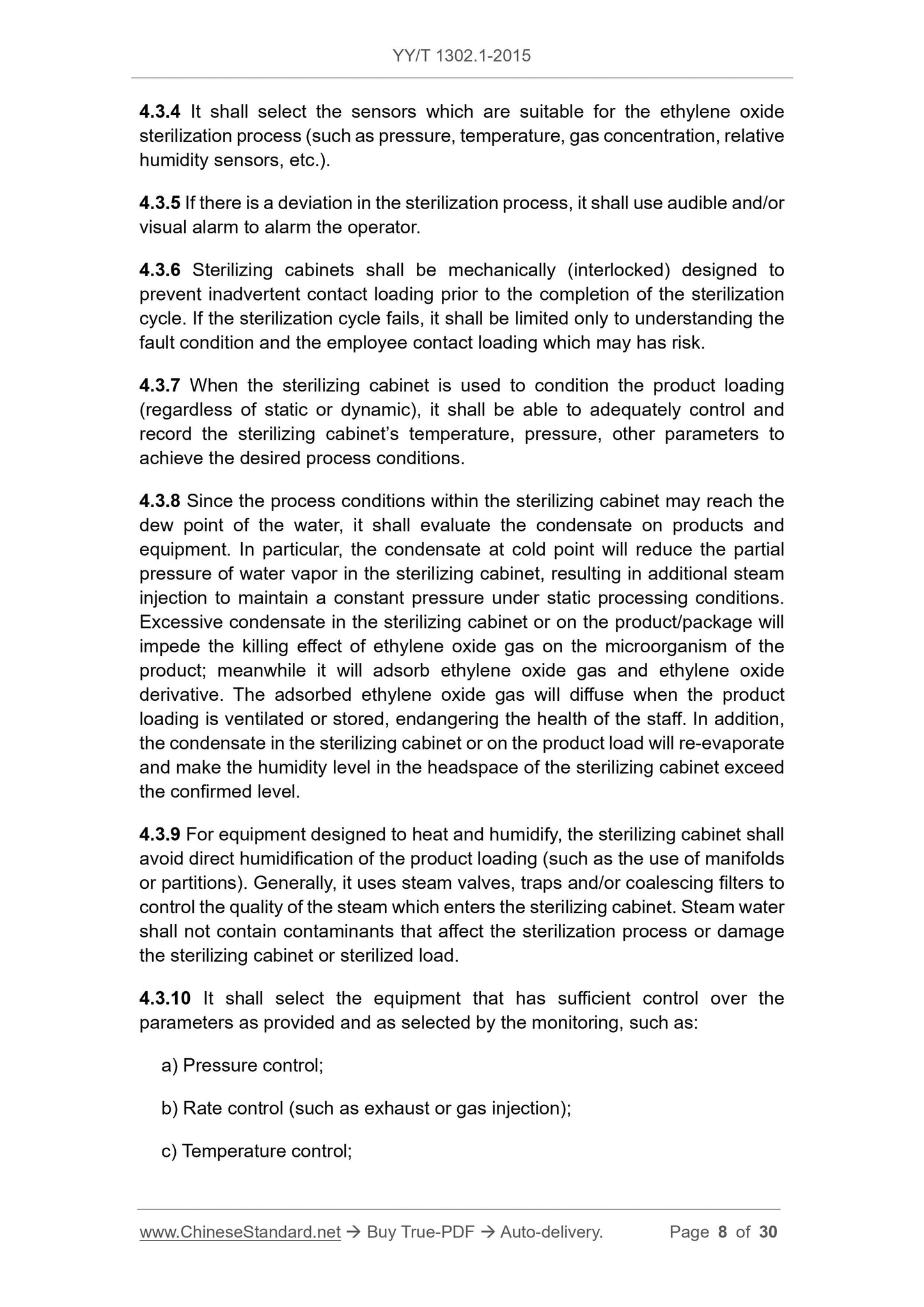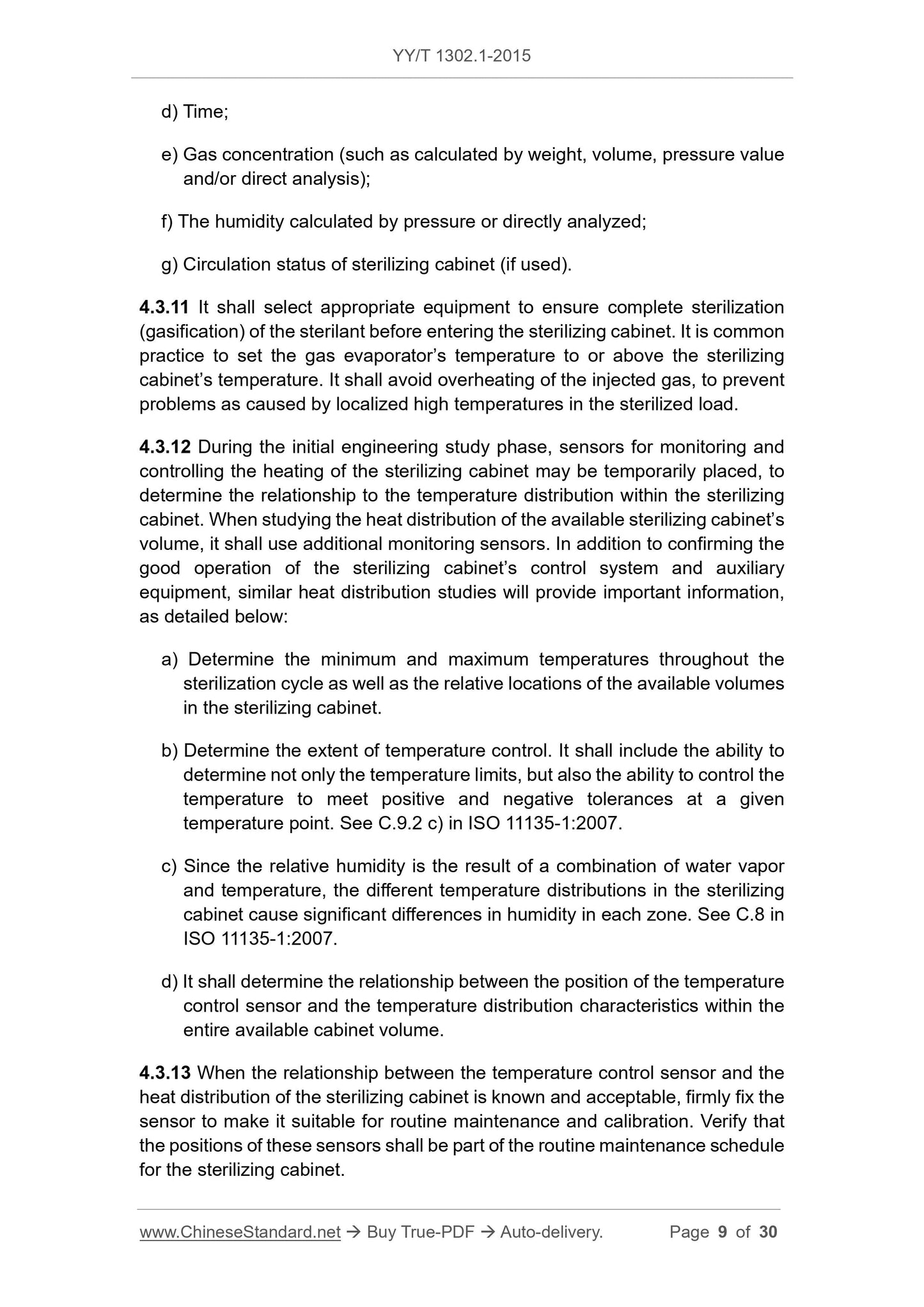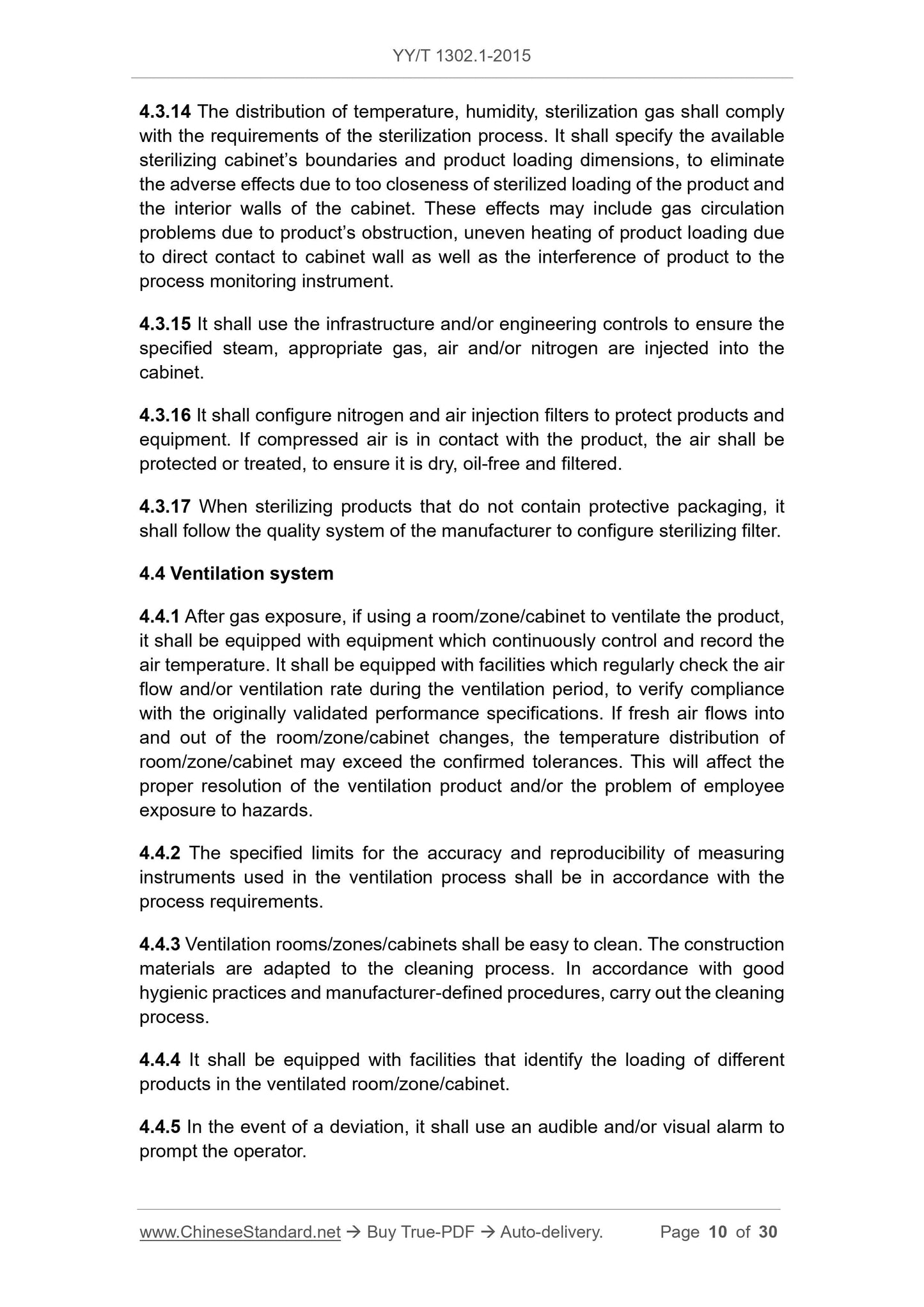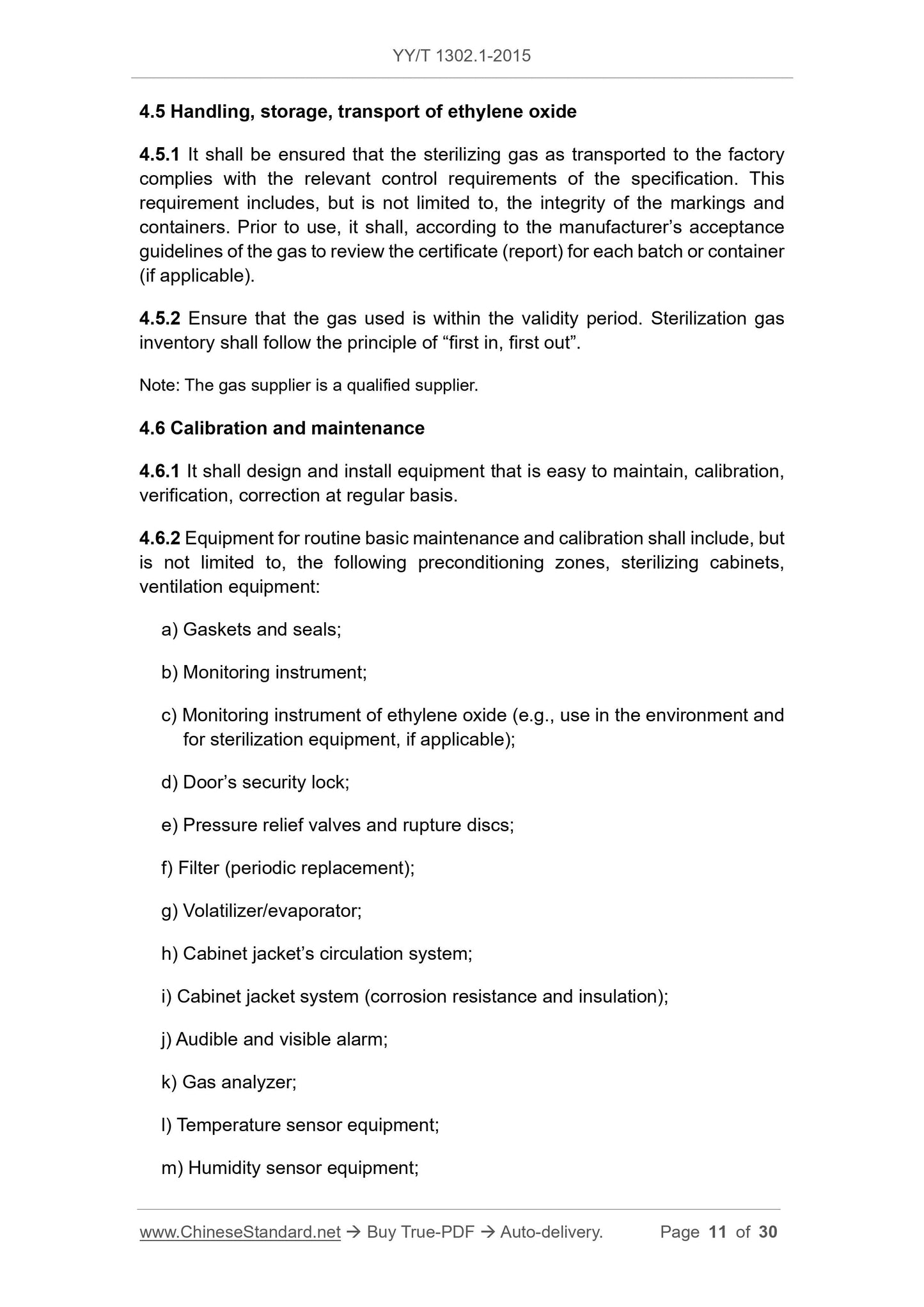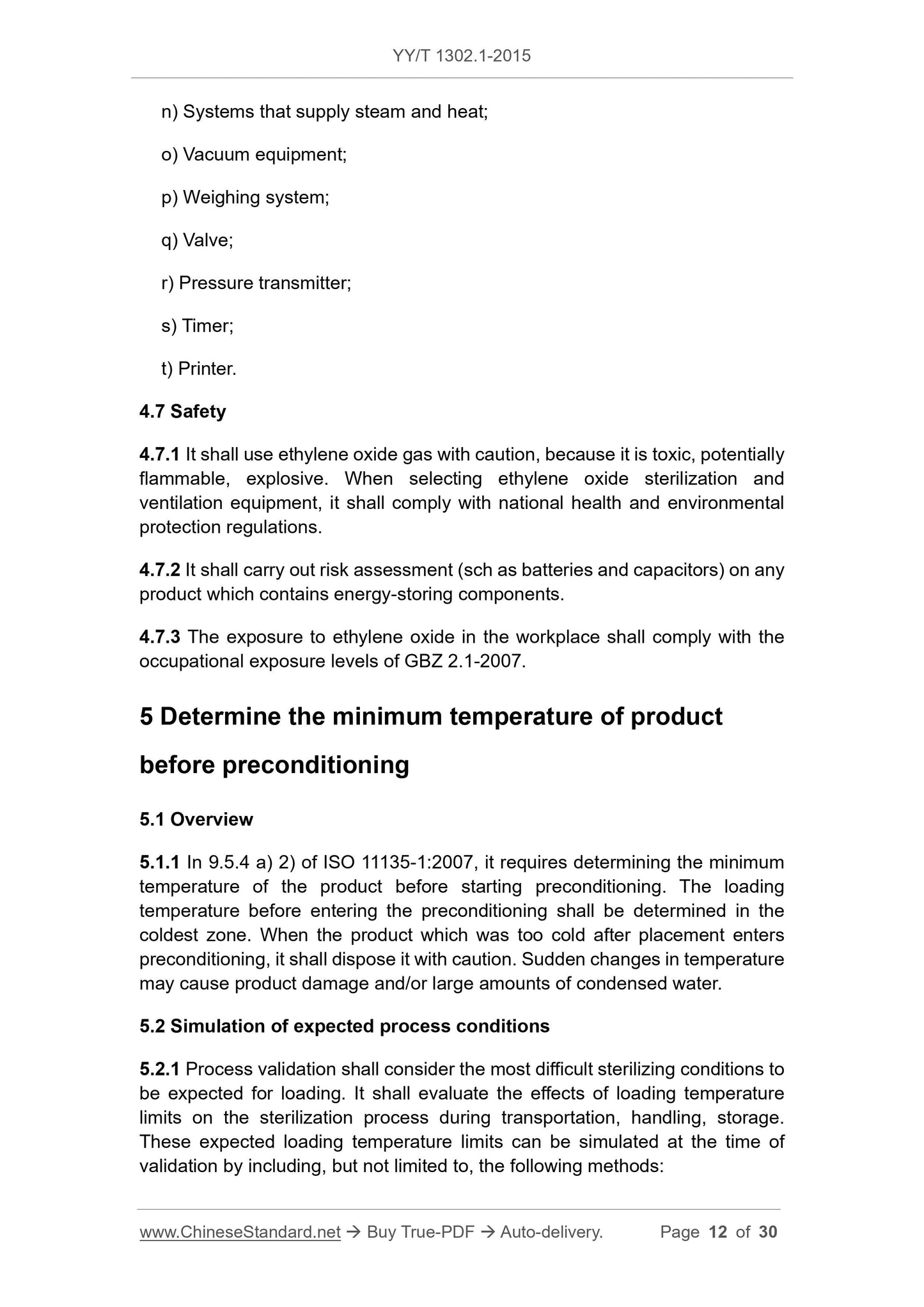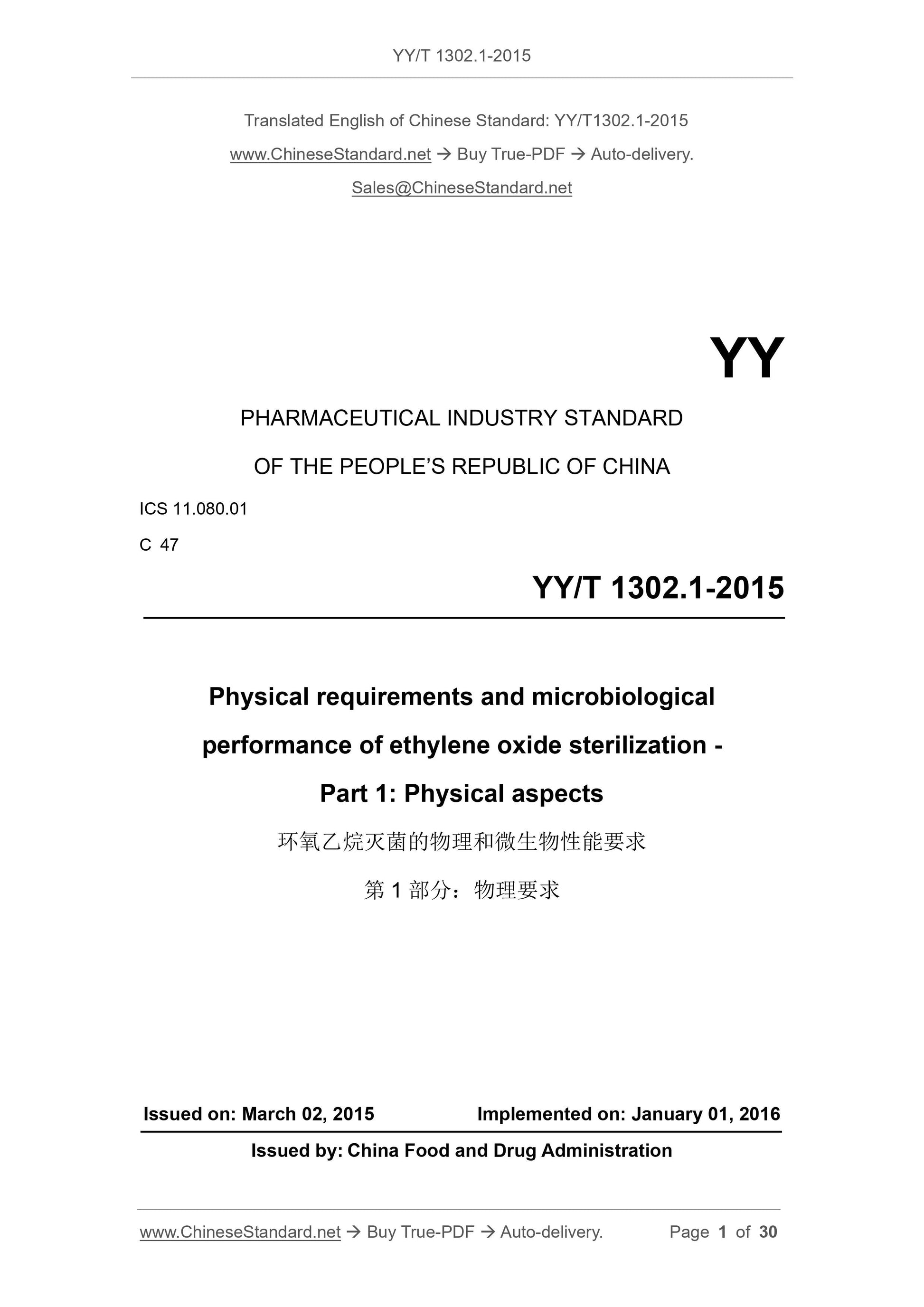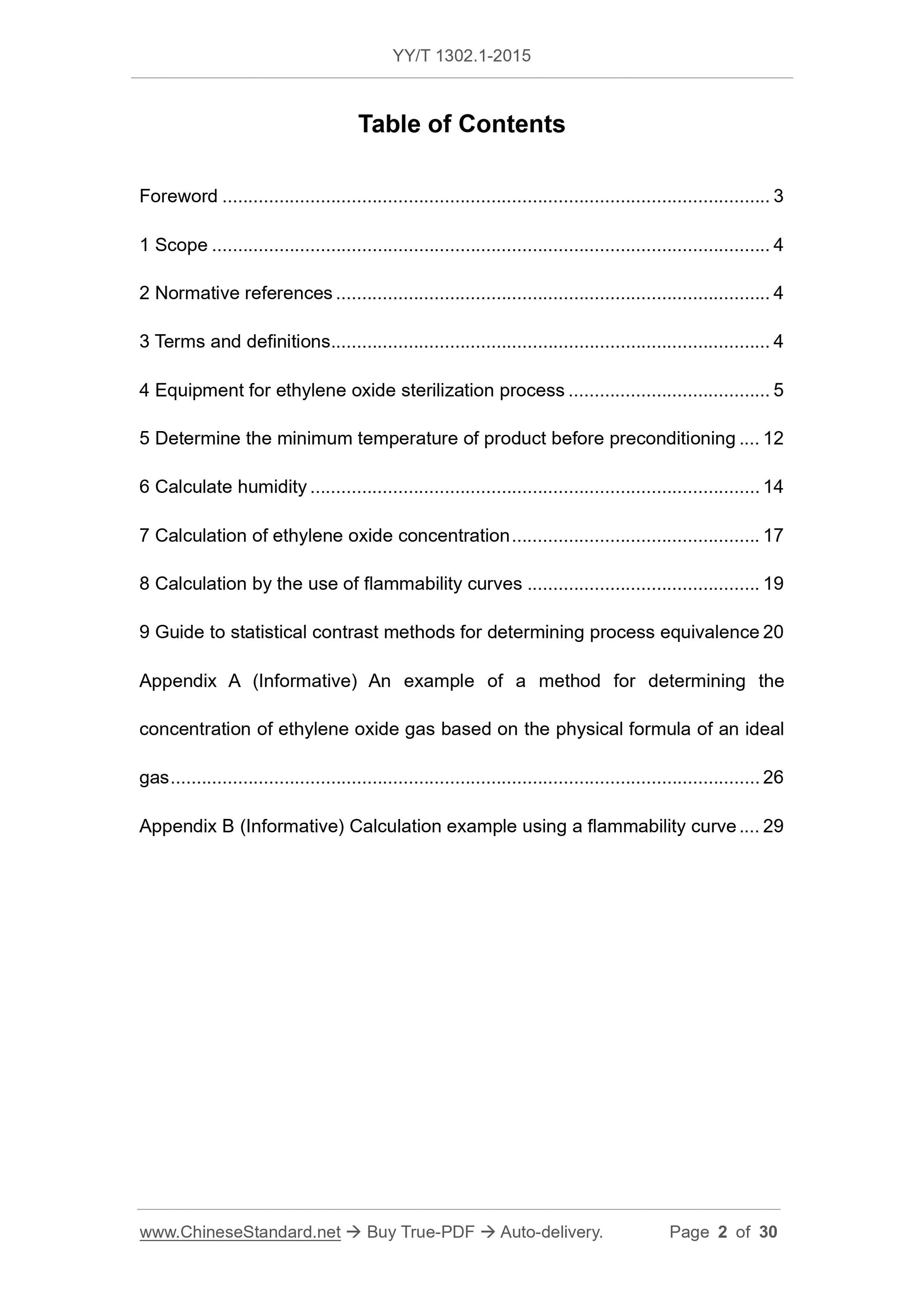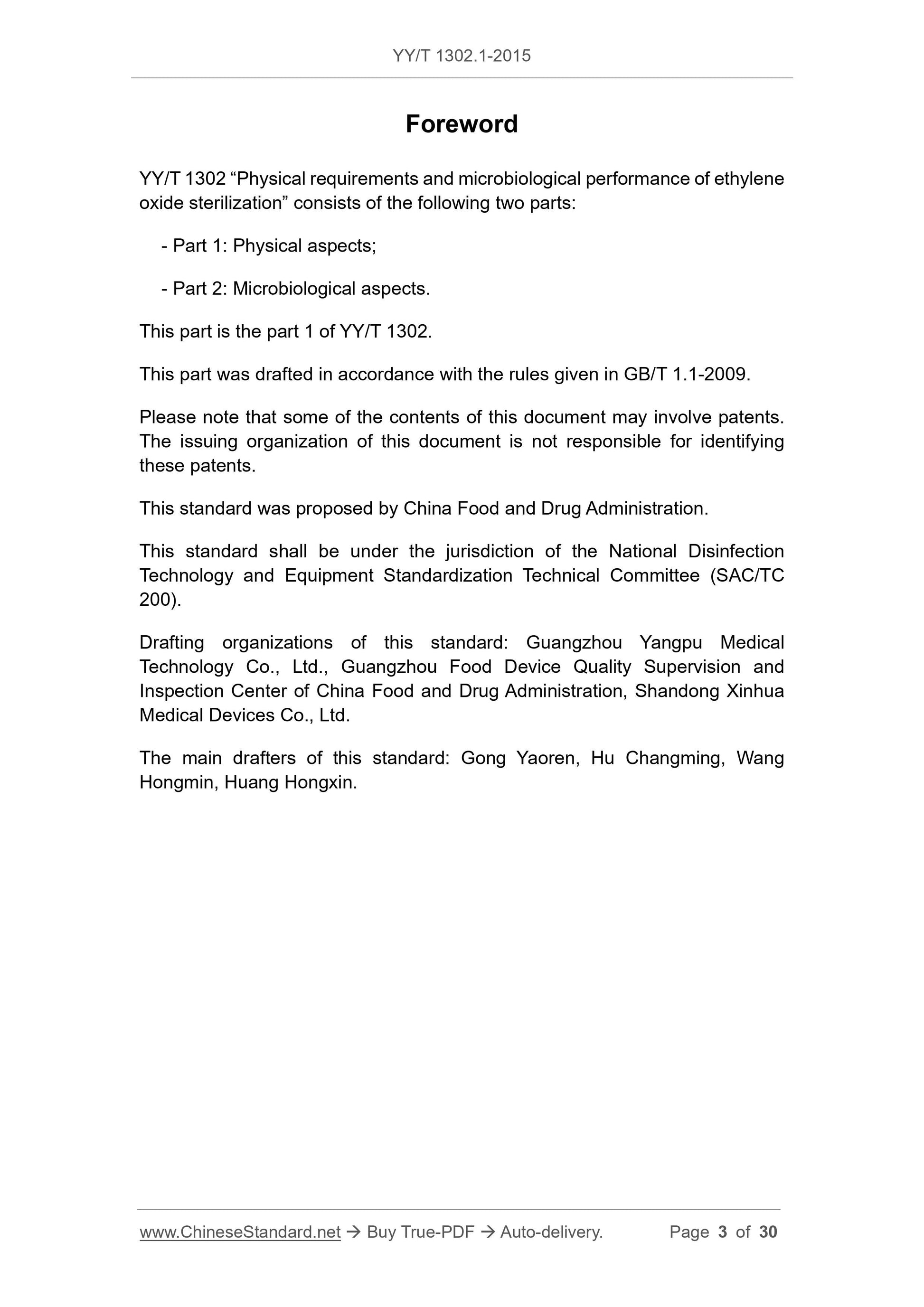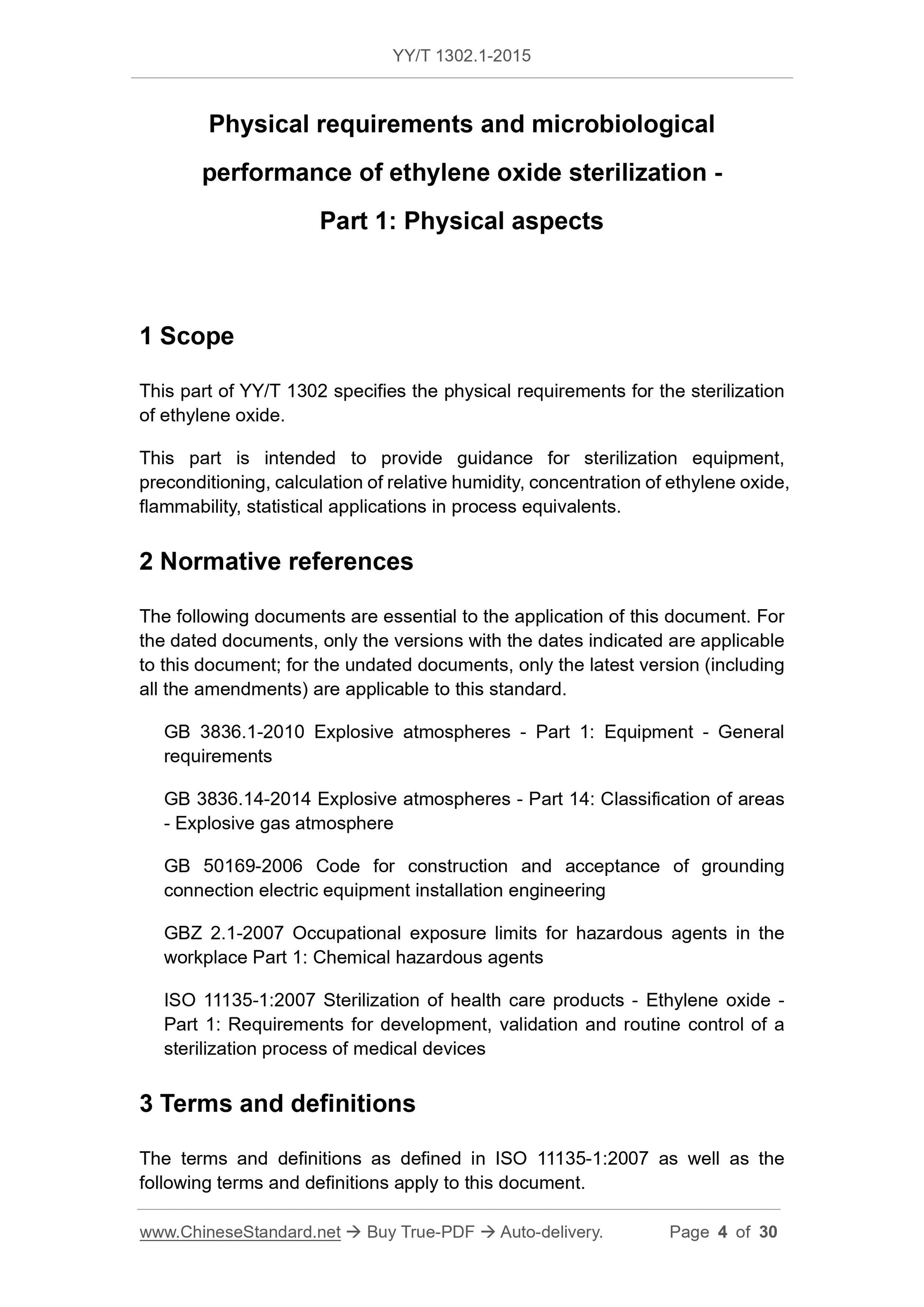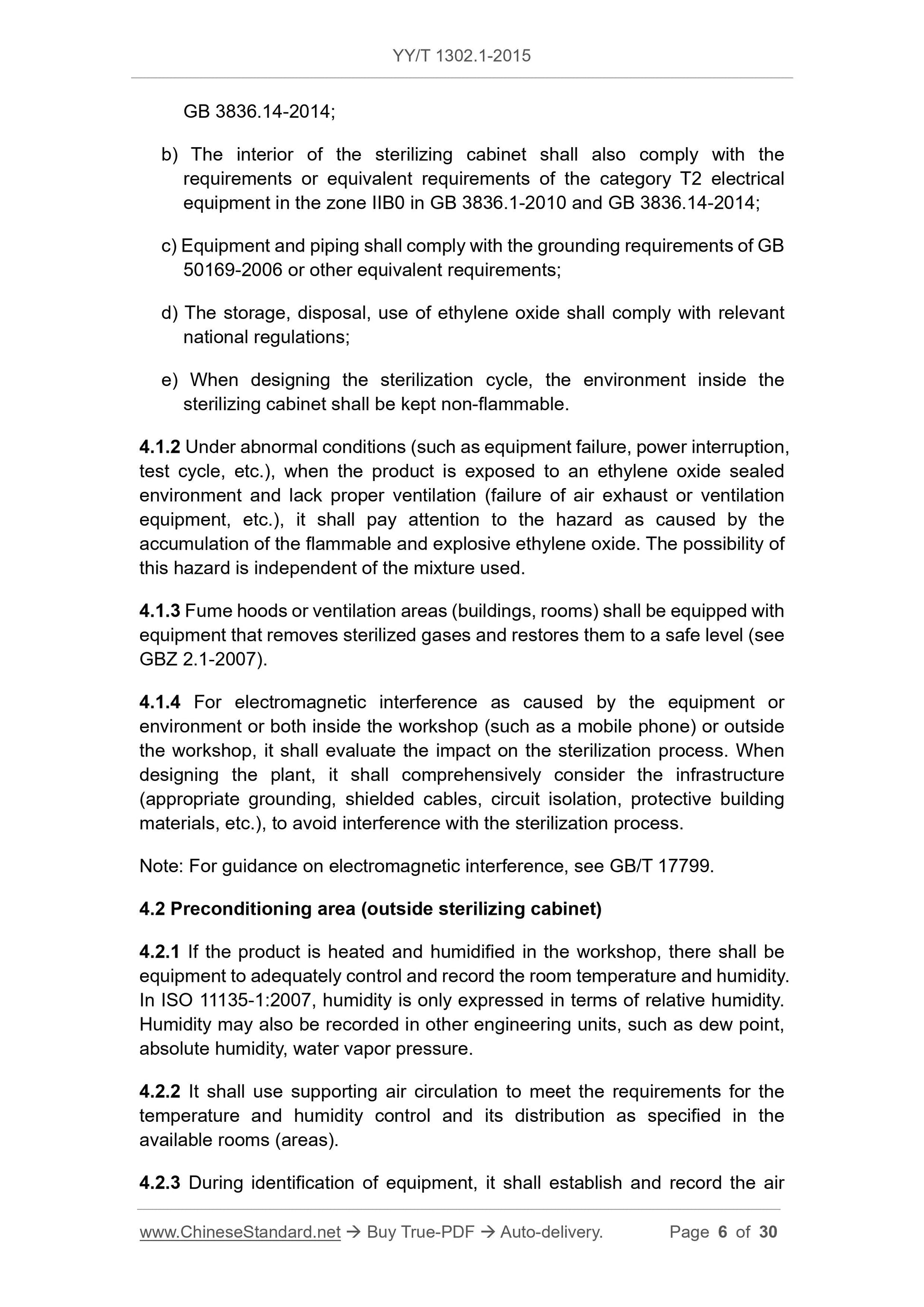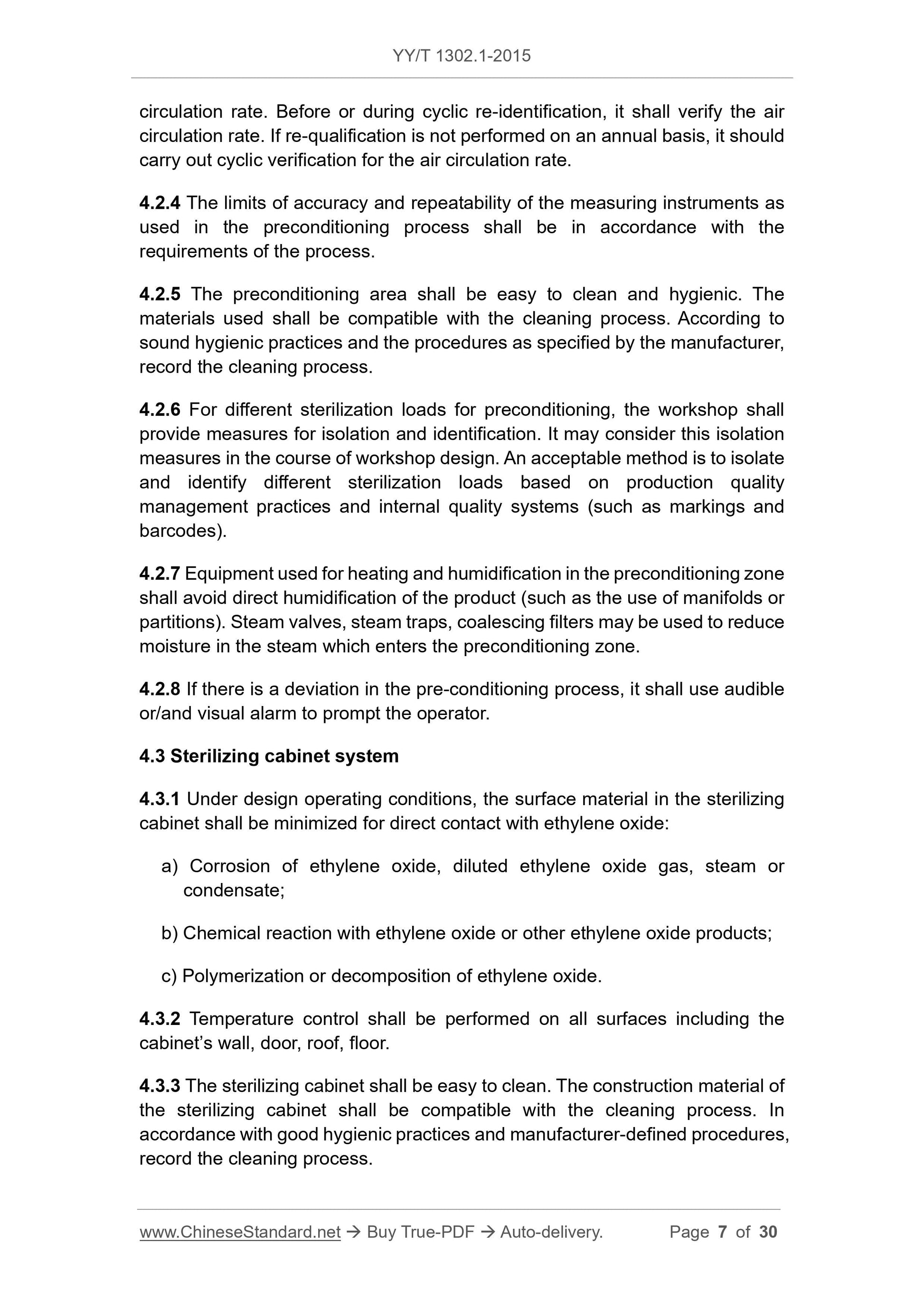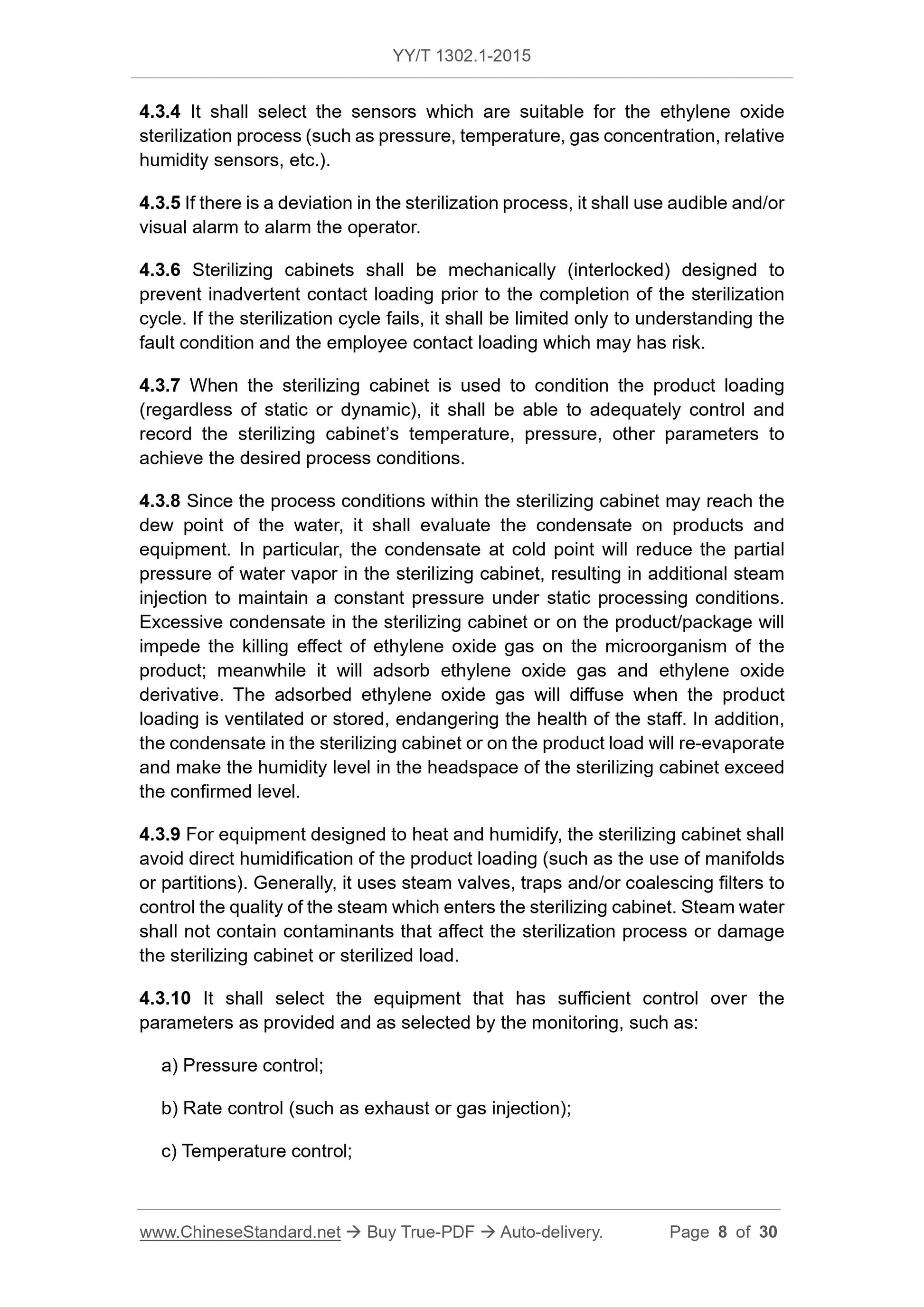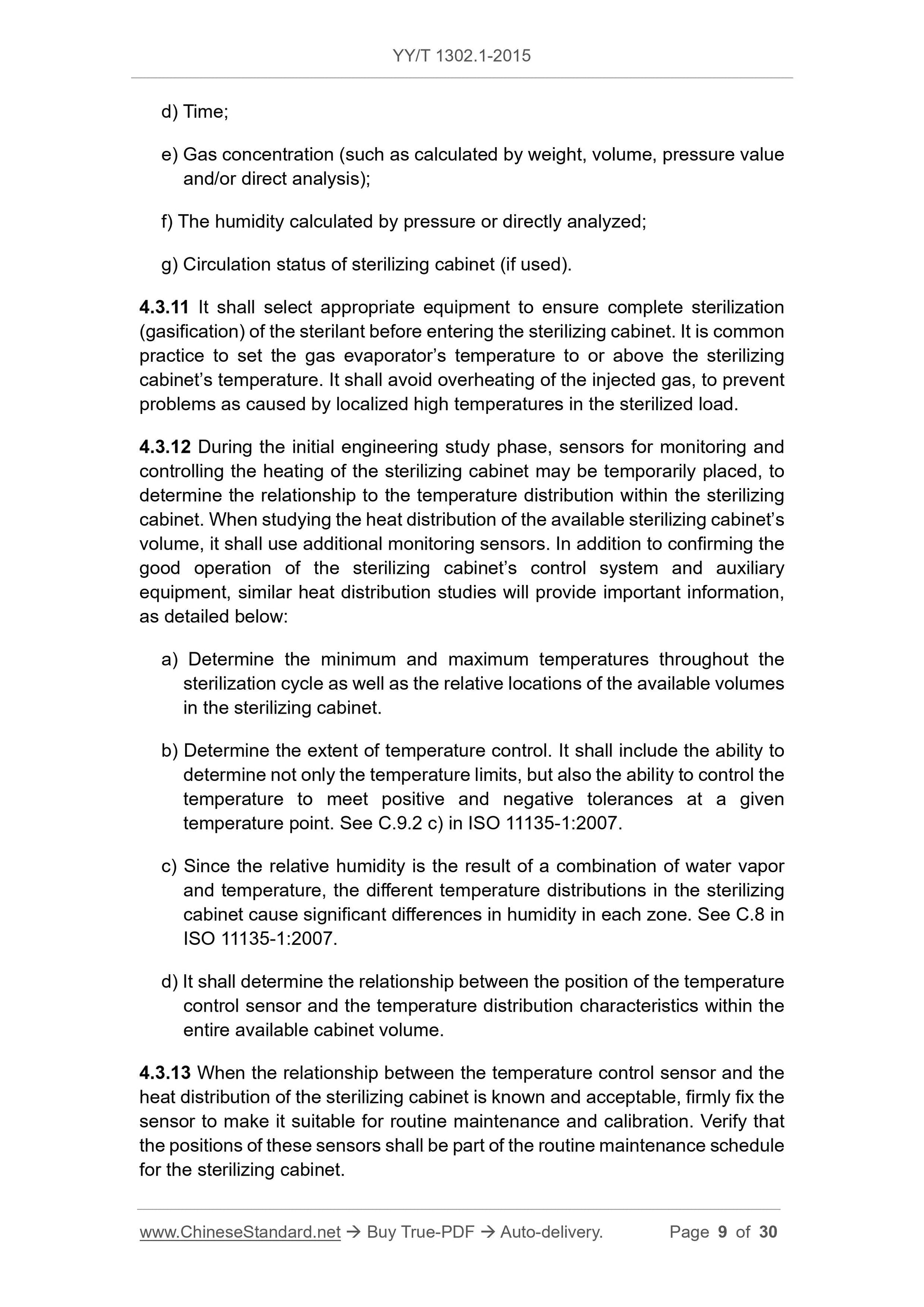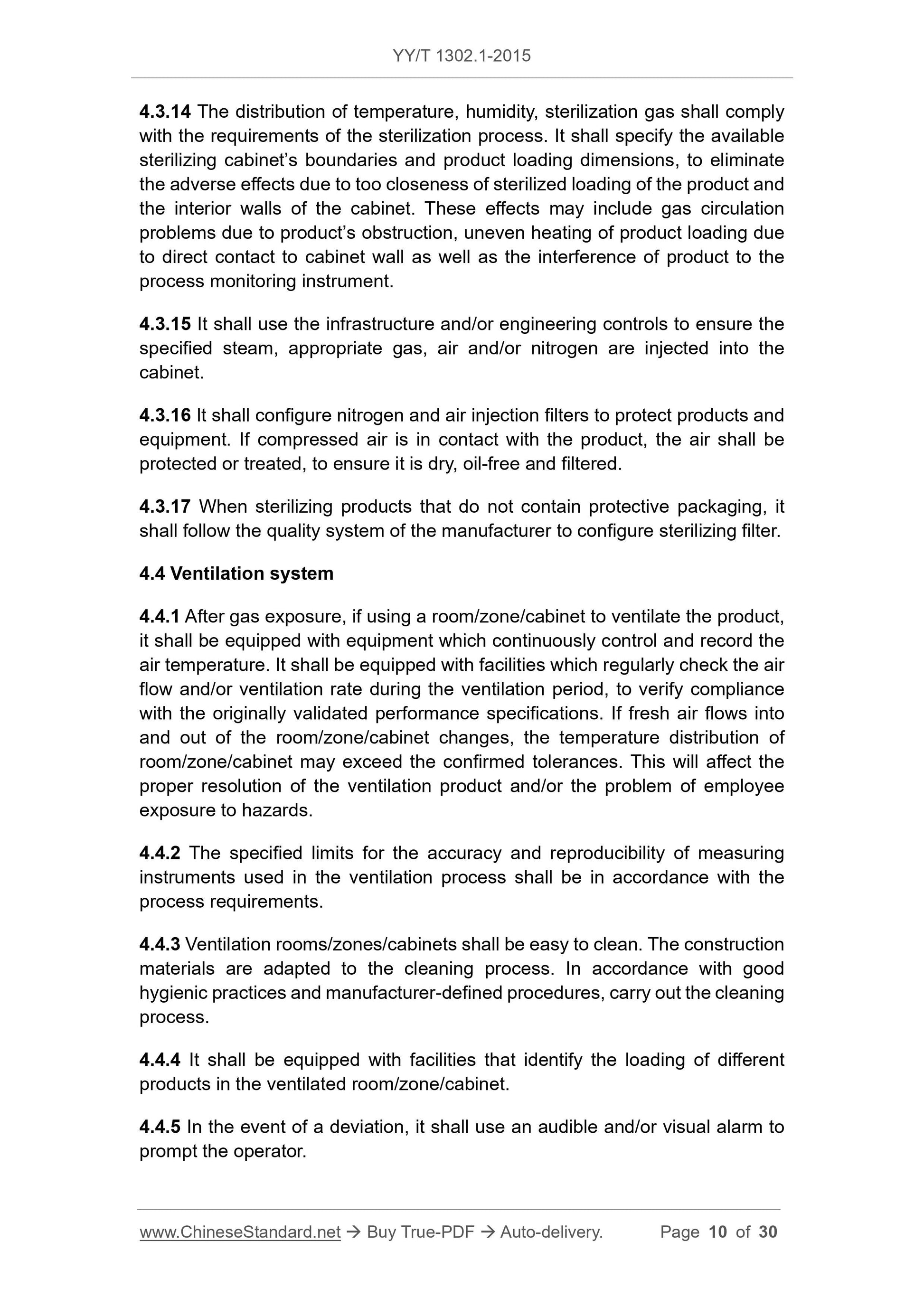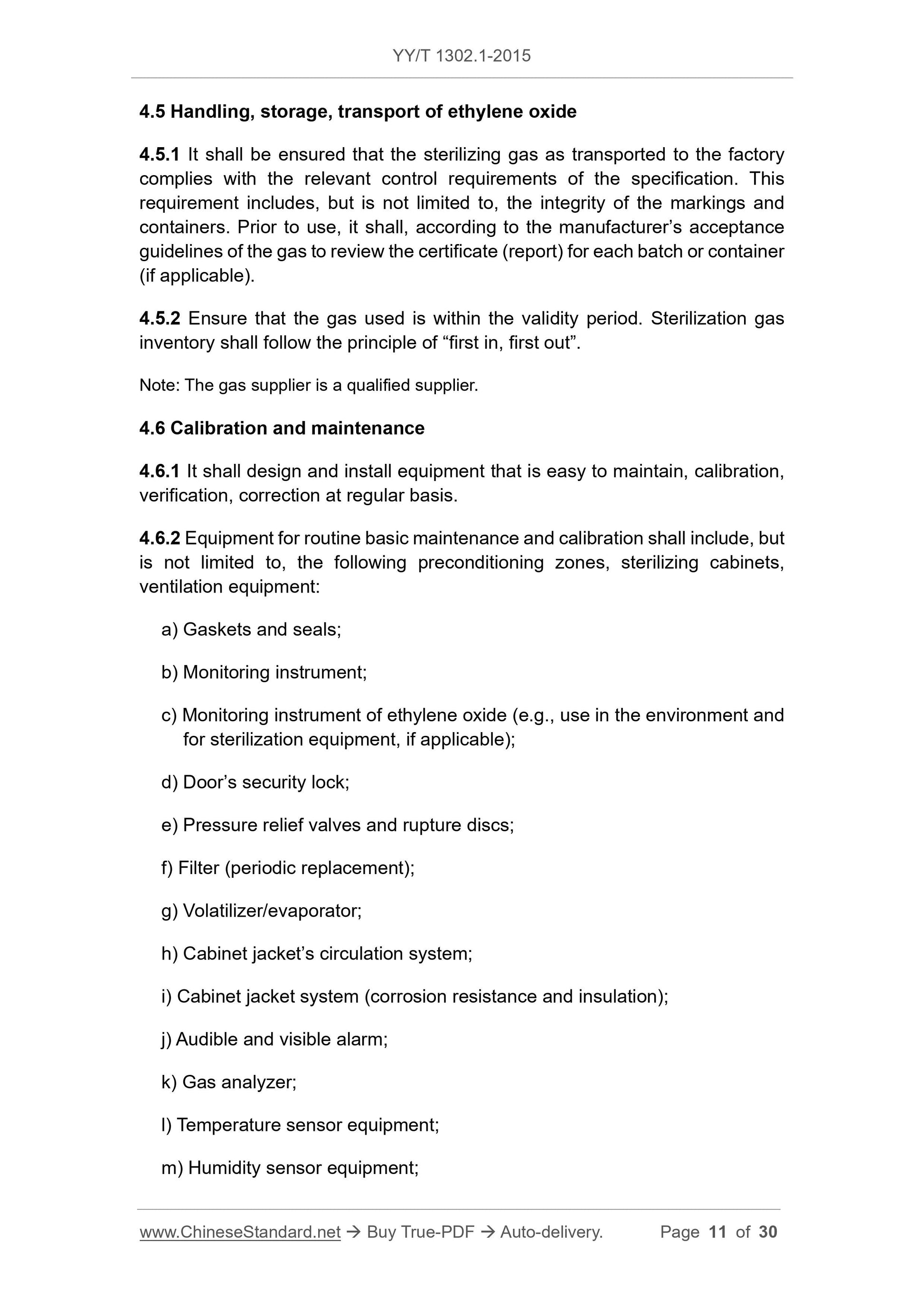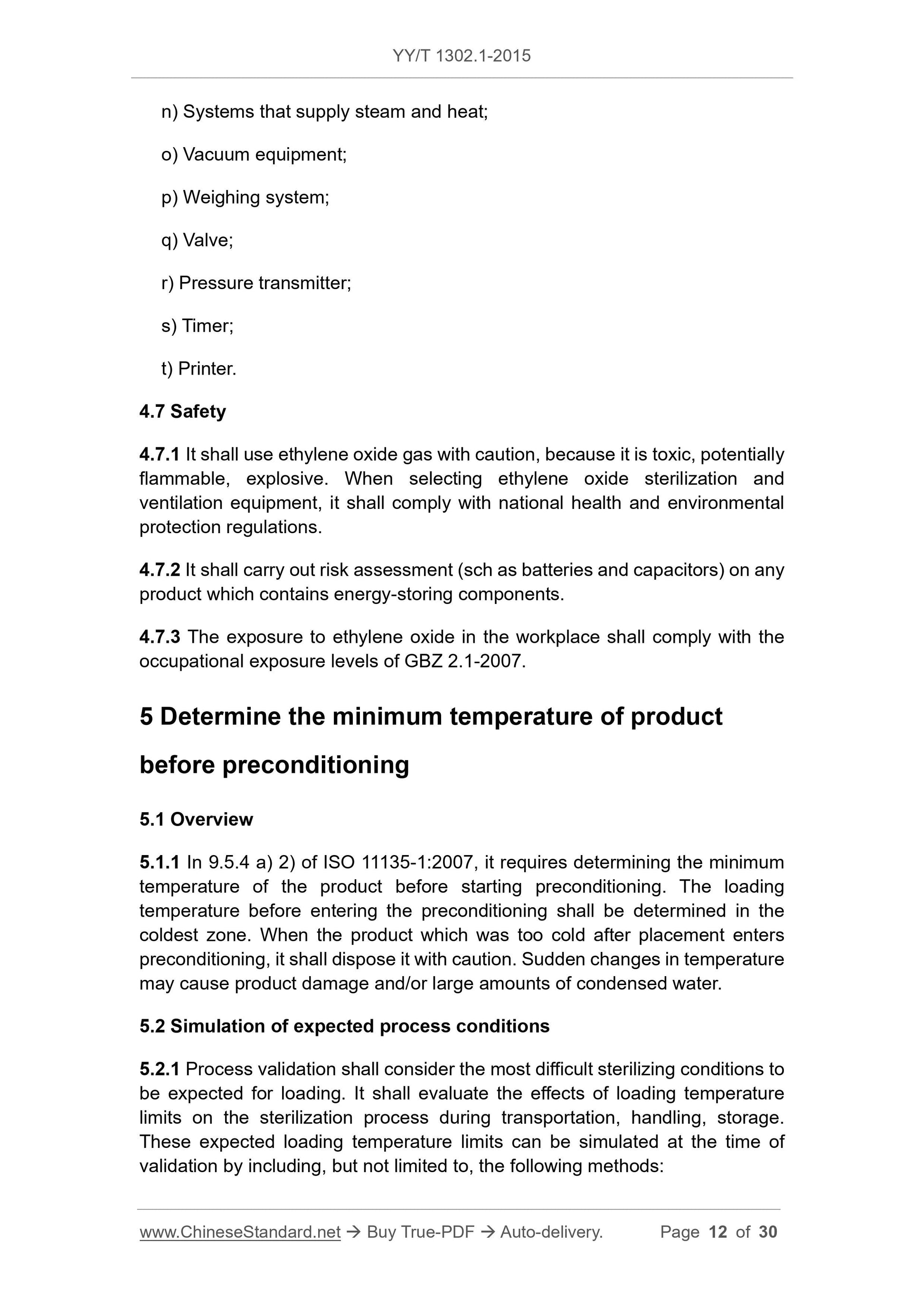1
/
of
12
www.ChineseStandard.us -- Field Test Asia Pte. Ltd.
YY/T 1302.1-2015 English PDF (YY/T1302.1-2015)
YY/T 1302.1-2015 English PDF (YY/T1302.1-2015)
Regular price
$150.00
Regular price
Sale price
$150.00
Unit price
/
per
Shipping calculated at checkout.
Couldn't load pickup availability
YY/T 1302.1-2015: Physical requirements and microbiological performance of ethylene oxide sterilization - Part 1: Physical aspects
Delivery: 9 seconds. Download (and Email) true-PDF + Invoice.Get Quotation: Click YY/T 1302.1-2015 (Self-service in 1-minute)
Newer / historical versions: YY/T 1302.1-2015
Preview True-PDF
Scope
This part of YY/T 1302 specifies the physical requirements for the sterilizationof ethylene oxide.
This part is intended to provide guidance for sterilization equipment,
preconditioning, calculation of relative humidity, concentration of ethylene oxide,
flammability, statistical applications in process equivalents.
Basic Data
| Standard ID | YY/T 1302.1-2015 (YY/T1302.1-2015) |
| Description (Translated English) | Physical requirements and microbiological performance of ethylene oxide sterilization - Part 1: Physical aspects |
| Sector / Industry | Medical Device and Pharmaceutical Industry Standard (Recommended) |
| Classification of Chinese Standard | C47 |
| Classification of International Standard | 11.080.01 |
| Word Count Estimation | 19,181 |
| Date of Issue | 2015-03-02 |
| Date of Implementation | 2016-01-01 |
| Quoted Standard | GB 3836.1-2010; GB 3836.14-2014; GB 50169-2006; GBZ 2.1-2007; ISO 11135-1-2007 |
| Regulation (derived from) | The State Food and Drug Administration Announcement 2015 No. 8 |
| Issuing agency(ies) | State Food and Drug Administration |
| Summary | This Standard specifies the requirements for ethylene oxide sterilization physics. This Standard applies to sterilization equipment, pretreatment, to calculate the relative humidity, concentration of ethylene oxide, a flammable and provide guidance in the application of statistical process equivalent. |
Share
